Julie and I watched “The Haunting” the other night. This is an excellent haunted house movie made in the late 60’s. One thing that caught my eye was the interesting distortions in the movie and the way that everything seems to have greater depth than you’d expect. This is a clear example of use of wide-angle lenses. You can see some of the effect of that in the pictures of the dolls that I posed recently in how the shorter lenses led to a greater visual depth. But I decided to do another experiment, this time looking at the impact of focal length on portraits and visual distortion.
Here’s some photos of me taken with lenses of various lengths. In each case, the picture is uncropped: in order to get basically the same composition, my lovely assistant Julie stepped further back with the longer lenses.
Note in particular how my nose seems to shrink as the lens grows longer. And how distorted the 24mm version is, though there’s still noticeable distortions in the 35mm one. Note also the size of those jowls – man, I need to lose weight!
I can’t wait to figure out a way to use this in a movie!
Here’s a second experiment.
The question for this experiment is related to taking a picture in low light. Specifically, I want to know if there is any difference between taking a low-light picture with a relatively low ISO and using post-processing to increase the exposure and taking the picture with a high ISO and minimal post-processing. To test this, I took the same low-light picture at ISO’s ranging from 200 to 25,600, a truly absurd ISO but one that my camera supports. For the pictures at lower ISO, I then increased the exposure in Lightroom to the point where they were roughly equal brightness. (The lowest ISO pictures could not get as bright as the others – it would have taken too much brightening.) Here are the results, from lowest to highest ISO with each jump being a full stop.
To my eye, especially when looking at larger versions of these pictures, there is a distinct decrease in noise when going from 200 to 400 to 800 ISO, and some decrease in noise at each level after that, but it’s minimal. So it appears that the in-camera brightening is better at avoiding noise than is Lightroom’s. But the difference is negligible once you pass a certain threshold.
In other words, trust to the camera ISO where possible, but it’s not a disaster if you need to brighten in post. And of course, using only the in-camera ISO raises the possible problem of blowing out highlights, so since there isn’t much difference in using ISO setting and post-processing, it might be better once I’m close to err on the side of a lower ISO.

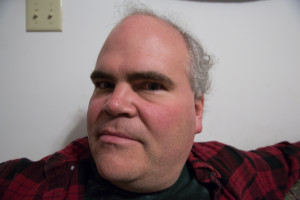
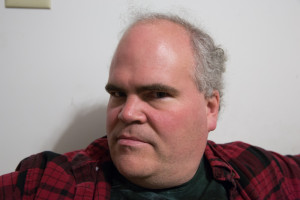
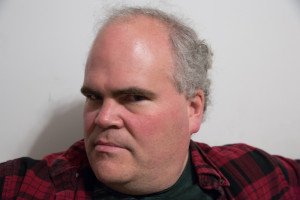
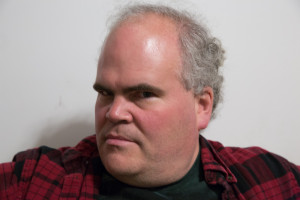
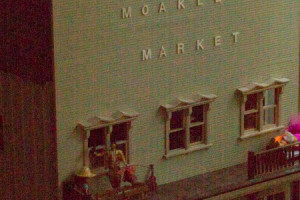
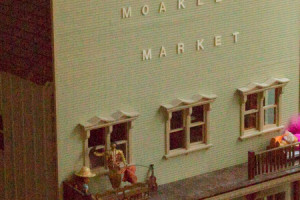
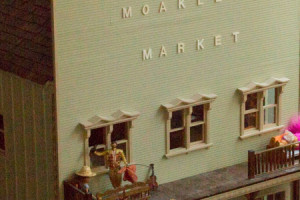
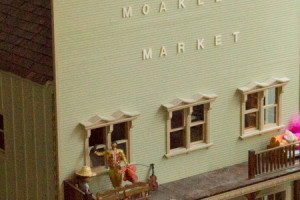
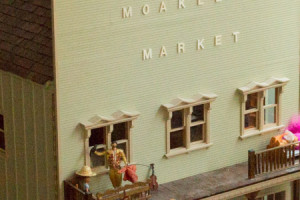
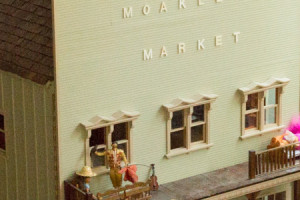
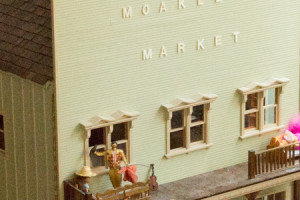
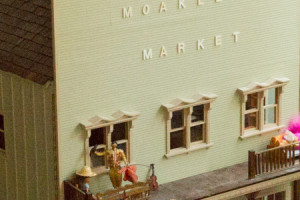
Recent Comments